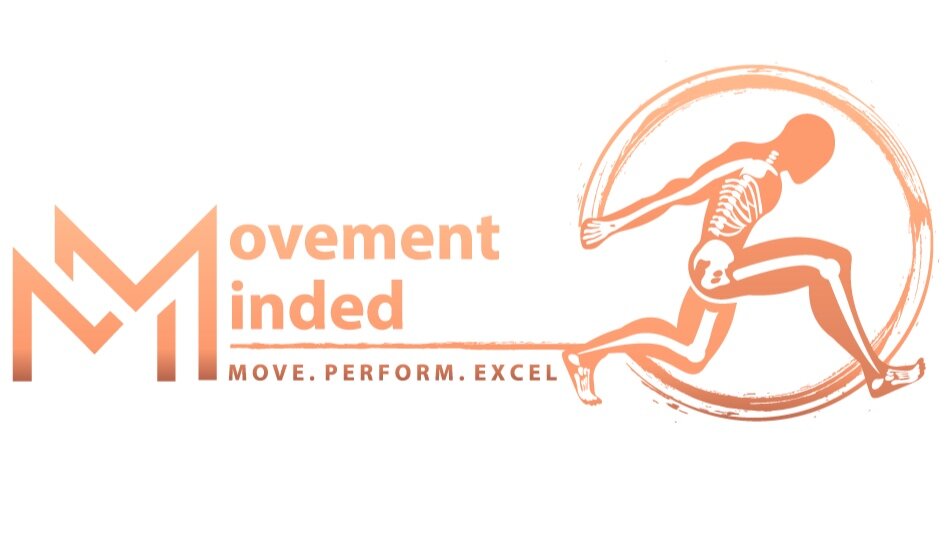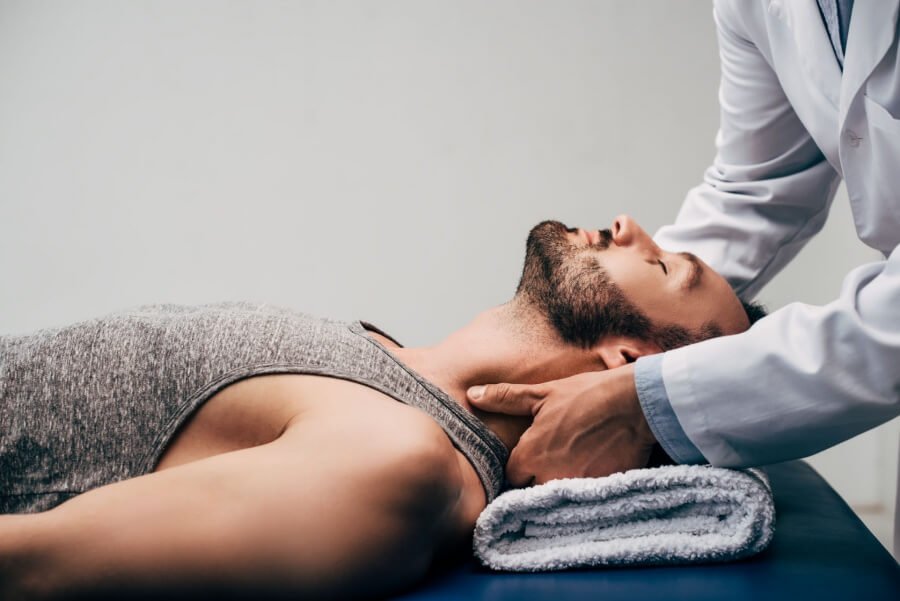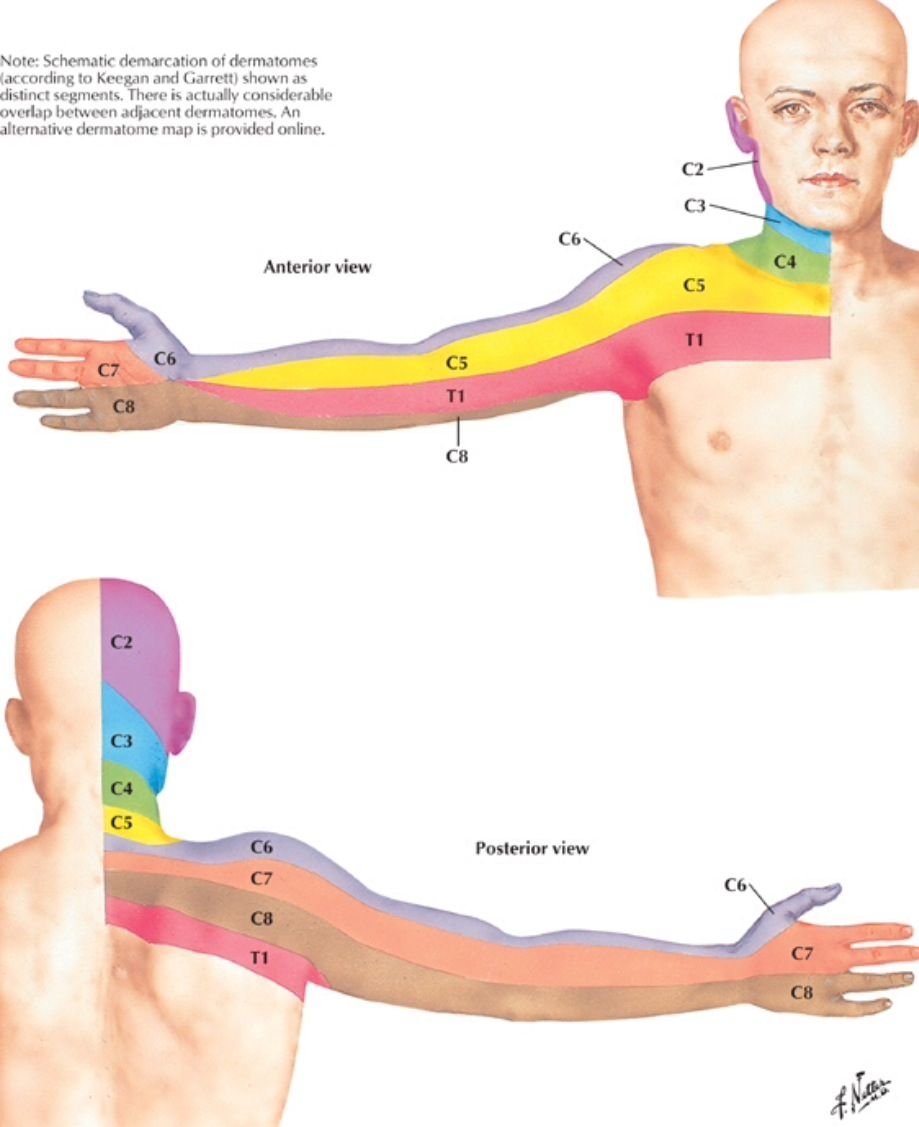Healing Your Neck Pain With The Maitland Approach
The Maitland Approach for Neck Pain with Nerve Root Impingement (Cervical Radiculopathy)
Over the years I have been practicing it seems that neck pain and in particular neck pain with nerve symptoms (including numbness/tingling, radiating aching or sharp pain, and weakness in the upper extremity) is becoming more and more prevalent. Despite awareness of ergonomics and postural positioning becoming more common, those with desk jobs and people who are consistently on the computer are in an uphill battle to fight something they have to do on a daily basis. Add the compounding effects of increased phone/tablet use and overall just looking down consistently (often with poor posture) and the outlook can be daunting for those trying to manage it.
I find that even those people that are getting better at managing it and who are more aware continue to get recurrent symptoms or they have episodes of severe flare ups that can be frightening. Neck pain has an annual prevalence of 30% among adults in the US and nearly 50% of those individuals will continue to experience chronic neck pain or frequent occurrences. Studies vary but among adults 20-70% will experience neck pain that interferes with their daily activities during their lifetime. While these statistics support how prevalent neck pain is and how many individuals are dealing with it, there is a lot that can be done to help get you out of pain and put chronic issues behind you.
When I first graduated with my Doctorate in Physical Therapy I had a very raw tool box of hands on interventions that could get people moving better and even less of an understanding of how to incorporate those techniques in functional movement patterns. I began taking courses to understand the Maitland approach through MAPS (Maitland-Australian Physiotherapy Seminars). Geoffrey Maitland is one of the more renowned physical therapists and his approach is one that has evolved to decipher the comparable sign (reproducible symptom/dysfunction) of a patient’s chief complaint and how to address those complaints with hands-on techniques followed by movements to maintain improvements gained from the techniques in a functional way. With this training I began to excel at identifying patient’s most paramount issues and retesting for improvements in movement patterns, pain, and performance within each treatment session. Taking the Maitland coursework for spine specifically has yielded some excellent results especially those dealing with neck issues with some degree of nerve involvement. The joint mobilizations I learned were much more specific than what is taught in graduate school programs and helped me relieve joint dysfunction and nerve root impingement with a high level of specificity.
We all know that increased sitting and poor posture can lead to a forward head (or “text neck”) and rounded shoulders. This posture puts a lot of strain on the neck and puts the joints at a mechanical disadvantage which can cause joint irritation, tightness/spasm of muscles, irritation of intervertebral discs, and compression of nerves. Through thorough examination and understanding of nerve symptom distribution, we can determine the cervical nerve root level that is involved. Nerves supply different patches or areas of skin, muscles, and/or reflexes that are associated with a specific level in the cervical spine.
Cervical nerve roots exit the spinal column via foramen (or openings) and then branch off into distributions of peripheral nerve supply which innervates the upper extremity among many other aspects. This is why you could be experiencing numbness and tingling in your fingertips as neck pain progresses and gets worse over time. The foramen or opening in the vertebrae can cause compression in a number of ways including the nucleus of damaged discs extruding into this area, degeneration of discs over time, and build up of osteoarthritis where the joints and/or foramen actually get larger due to the process of recurrent inflammation and irritation. This limits the space that joints have to maneuver and that nerves have to exit the spinal segments involved.
One example of the Maitland approach and how I have found success with patients with nerve root compression is the Anterior to Posterior mobilization of the transverse process of an associated nerve root level. This is higher level skilled mobilization that requires precision and expertise to implement effectively but can yield excellent results when performed appropriately. Our nerve roots sit anteriorly to (or in front of) these joint openings. With poor posture the joints shift or translate forward and need to be maneuvered posteriorly (back) to take pressure off the nerve and promote increased space in the area where the nerve root exits the spine.
In addition to mobilizations directly at the site involved, I often find that mobilizations of other areas supplementary to the cervical spine become valuable as well. We find in our practice that the area of pain is often not the only area of dysfunction. How different joints and areas of the body interact with each other becomes a paramount aspect of rehabbing patients to the point of avoiding chronic issues. This is done not only with joint mobilizations and hands on techniques but through guided exercise progression to restore movement patterns often addressing a patient’s injury history indicative of additional dysfunctional contributions.
If you are interested in the Maitland Approach specific to neck issues that you continue to suffer from, fill out the form below and we can set up a free discovery call.







